While there are hundreds of forex markets, smart traders will want to be highly selective. That’s why we have created a list of 10 best tradable forex pairs for the best opportunities.
10 Best Forex Pairs so Trade:
1. EUR/USD
EUR/USD is arguably the best for a few reasons. Firstly, ‘Fibre’ (as this market is also called) has the lowest spread, often a pip or less. Since it consists of the most traded currencies, EUR/USD is among the most liquid markets. Thirdly, the euro isn’t as volatile as other pairs in most cases. Finally, given its huge popularity, traders can access plenty of technical and fundamental information on EUR/USD.
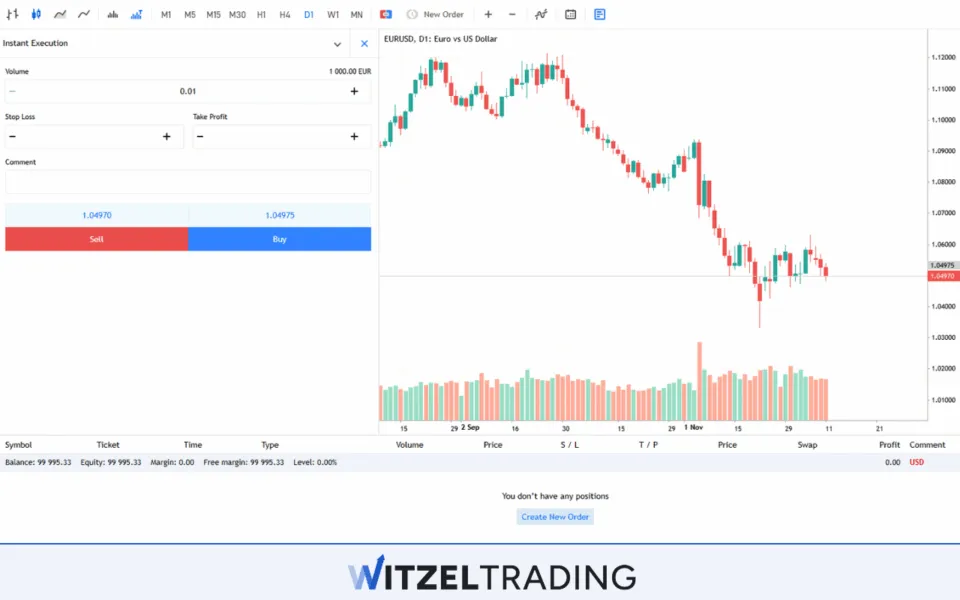
As a tip, EUR/USD moves inversely to USD/CHF. So, a trader can decide to trade one or the other (although the euro is more volatile).
| Feature | Information |
|---|---|
| Spreads | 0-2 pips |
| Volatility | 50-100 pips daily |
| Trading Fees | Spreads, commissions (depending on the account) |
| Liquidity | High |
| Influence Factors | Economic data, central bank policies, geopolitics, market sentiment |
2. GBP/USD
GBP/USD (or ‘Cable’) shares many traits with EUR/USD. The spreads are usually reasonable, often not exceeding two pips with your average broker. You can also find plenty of information to analyse this market online.
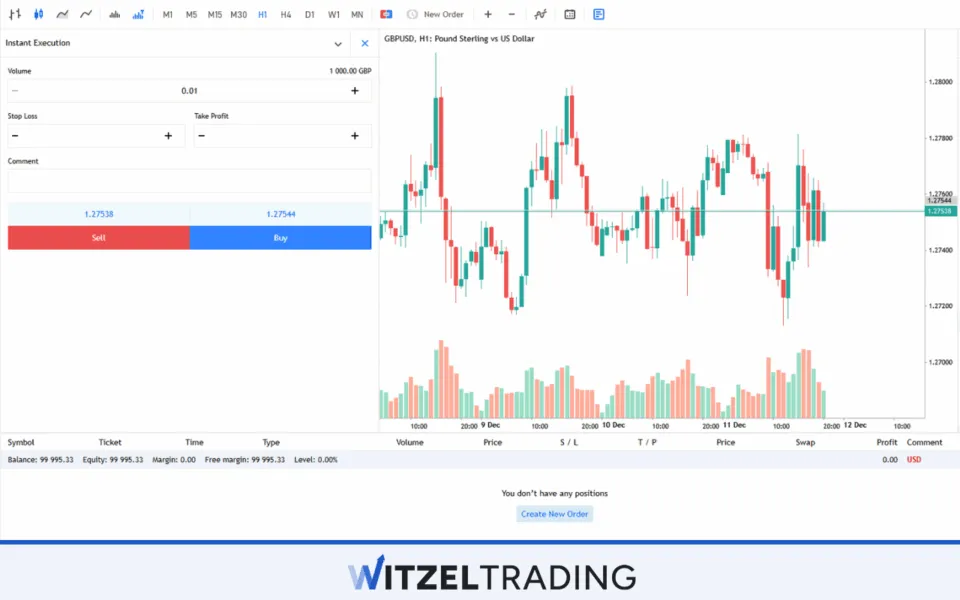
However, the biggest difference between the euro and the pound is its volatility. GBP/USD is a market that can move far and fast in a relatively short period, appealing to all kinds of traders.
Another contributor to the sharp movements in GBP/USD is the distinct economic policies between the United Kingdom and the United States.
| Feature | Information |
|---|---|
| Spreads | 0.5-2 pips |
| Volatility | 70-120 pips daily |
| Trading Fees | Spreads, commissions (depending on the account) |
| Liquidity | High |
| Influence Factors | Economic data, central bank policies, geopolitics, market sentiment |
3. USD/CAD
USD/CAD is a distinct market as a commodity currency. Canada is among the largest oil exporters globally and is, thus, tied closely to crude oil prices. When these rise, the Canadian dollar generally rises against USD (and vice versa).
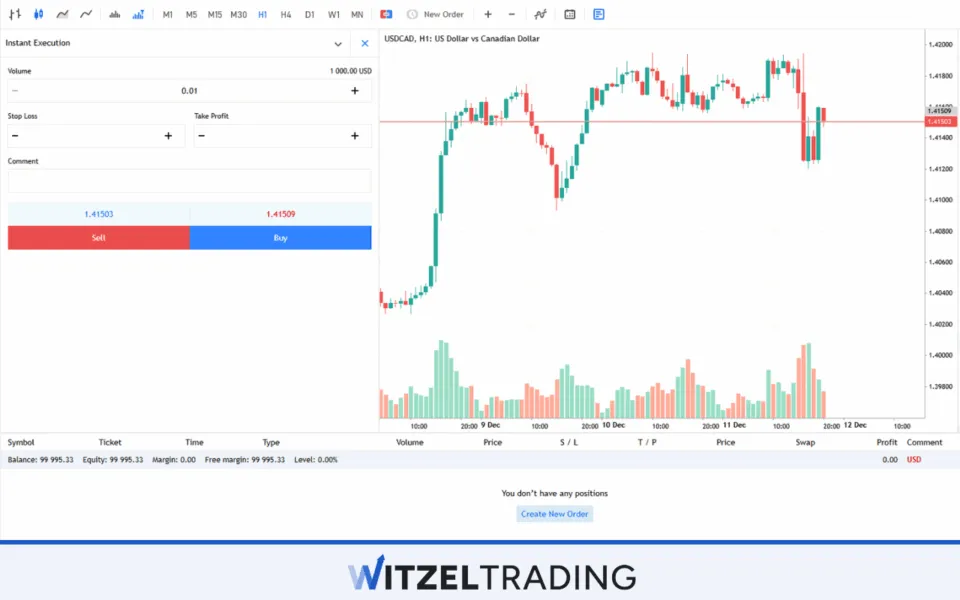
Another unique aspect of USD/CAD is its status as a ‘risk-on’ or ‘risk-off’ currency, meaning it moves according to global risk sentiment.
When considering general features of this market, it is highly liquid and comes with low spreads. It’s often as volatile (or more) among the USD-based pairs as GBP/USD.
| Feature | Information |
|---|---|
| Spreads | 2-4 pips |
| Volatility | 70-100 pips daily |
| Trading Fees | Spreads, commissions (depending on the account) |
| Liquidity | High |
| Influence Factors | Economic data, oil prices, commodity prices, central bank policies, geopolitics, market sentiment |
4. USD/JPY
USD/JPY is another go-to major pair that is relatively cheap to trade and popularly followed. As with USD/CAD and GBP/USD, the former is also quite volatile, albeit for different reasons.
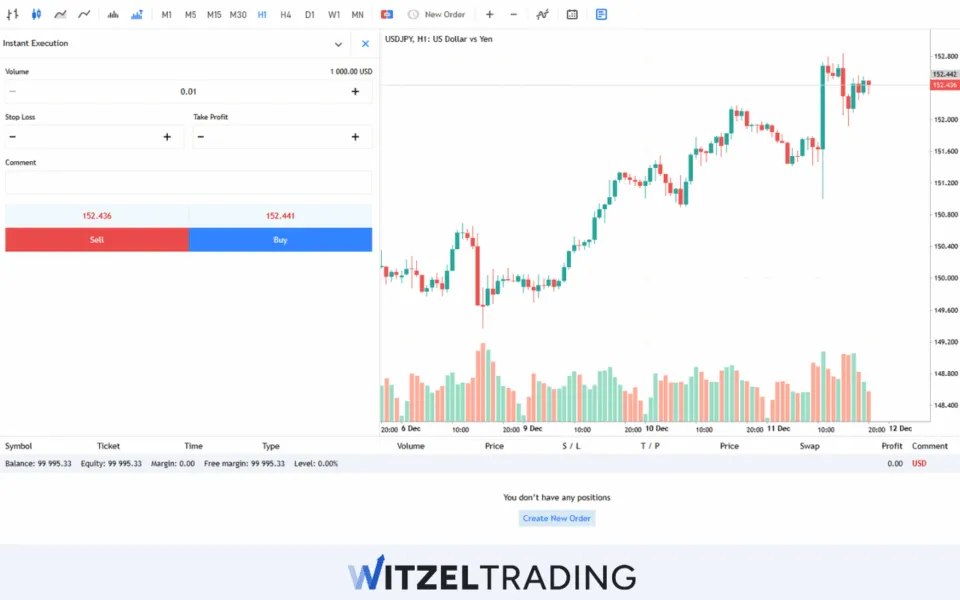
Firstly, Japan has historically had much lower interest rates than the United States. The price movements often reflect this gap. Secondly, the Bank of Japan is one of the few central banks that intervenes in the forex market to make JPY weaker or stronger for export reasons. Finally, USD/JPY is traded during a session overlap, meaning there is much more volume than in a regular session.
Overall, this market is a viable option, and while volatile, it pales in comparison to other Yen pairs.
| Feature | Information |
|---|---|
| Spreads | 1-3 pips |
| Volatility | 50-100 pips daily |
| Trading Fees | Spreads, commissions (depending on the account) |
| Liquidity | High |
| Influence Factors | Economic data, central bank policies, geopolitics, market sentiment, Japan currency interventions |
5. AUD/USD
AUD/USD or Aussie is also a unique major pair with the status of being a ‘commodity currency.’ After all, Australia is a notable exporter of gold, coal and iron coal.
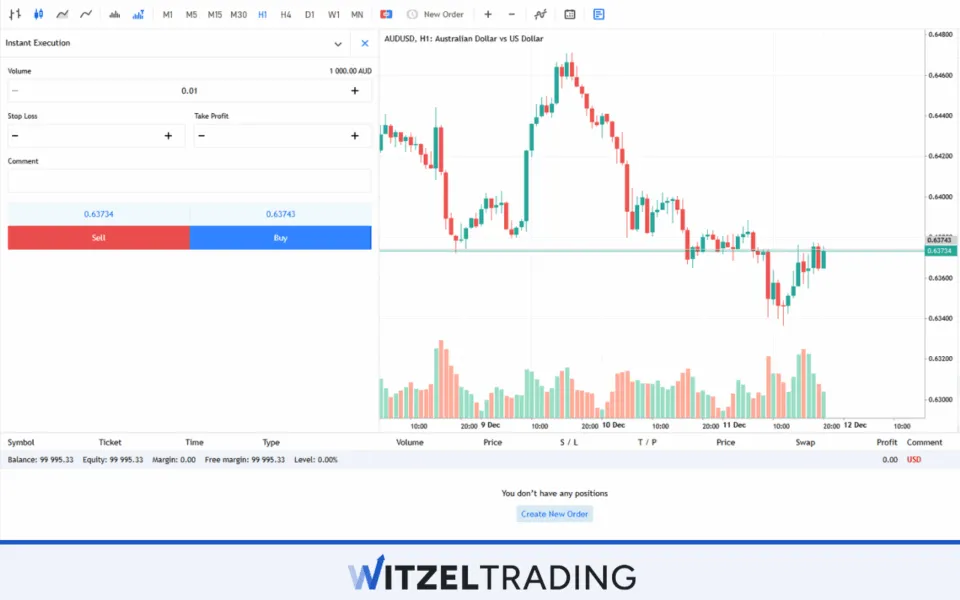
Thus, AUD/USD is a gateway for those keen to be exposed to the commodity market. Like USD/CAD, the Aussie moves according to global risk sentiment. Aussie is also closely related to China’s economy.
As a heads-up, AUD/USD moves in tandem with NZD/USD due to Australia and New Zealand being in proximity. Thus, trading one is like trading the other.
| Feature | Information |
|---|---|
| Spreads | 1-2 pips |
| Volatility | 40-90 pips daily |
| Trading Fees | Spreads, commissions (depending on the account) |
| Liquidity | High |
| Influence Factors | Economic data, central bank policies, geopolitics, market sentiment, commodity prices, US-China relations |
6. EUR/GBP
EUR/GBP represents the close ties of two strong economies in the Eurozone and the UK. Given their high performance, this pair is less volatile than other markets. This also makes it relatively more predictable. However, EUR/GBP is known to be range-bound at times, which goes back to how evenly matched the economies of the Eurozone and the UK are.
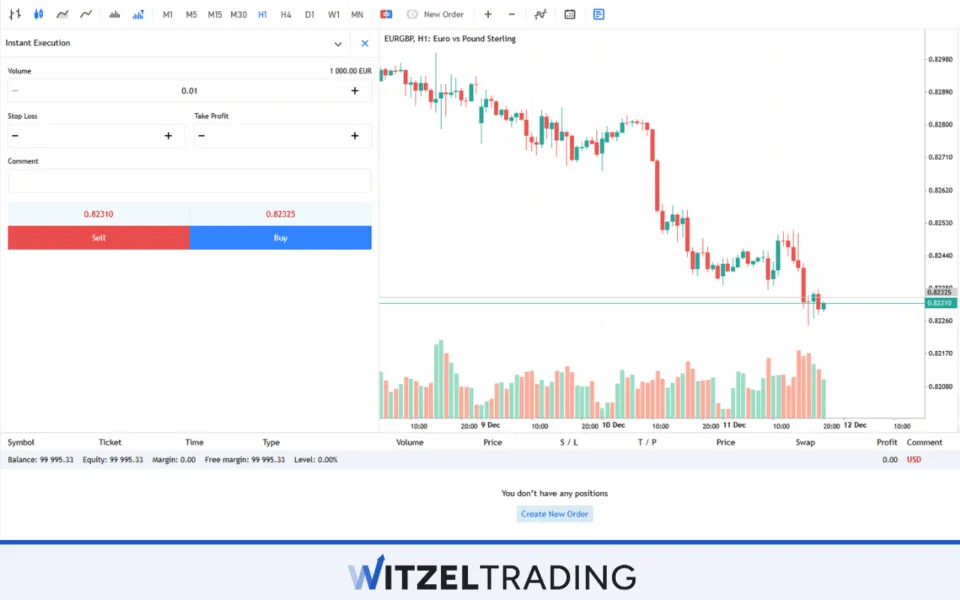
While not a feature appealing to all traders, it’s perfect for those trading range and breakout strategies.
| Feature | Information |
|---|---|
| Spreads | 1-2 pips |
| Volatility | 30-70 pips daily |
| Trading Fees | Spreads, commissions (depending on the account) |
| Liquidity | Average |
| Influence Factors | Economic data, central bank policies, geopolitics, market sentiment, EU-UK trade relationships |
7. GBP/CAD
GBP/CAD signifies two unique economies: the service-based UK and the commodity-based Canada. Hence, it’s one of the most volatile pairs in forex. GBP/CAD is worth having in your watchlist as a cross pair since it isn’t primarily exposed to the familiar US dollar. Also, due to its higher volatility, it covers a wider range than GBP/USD.
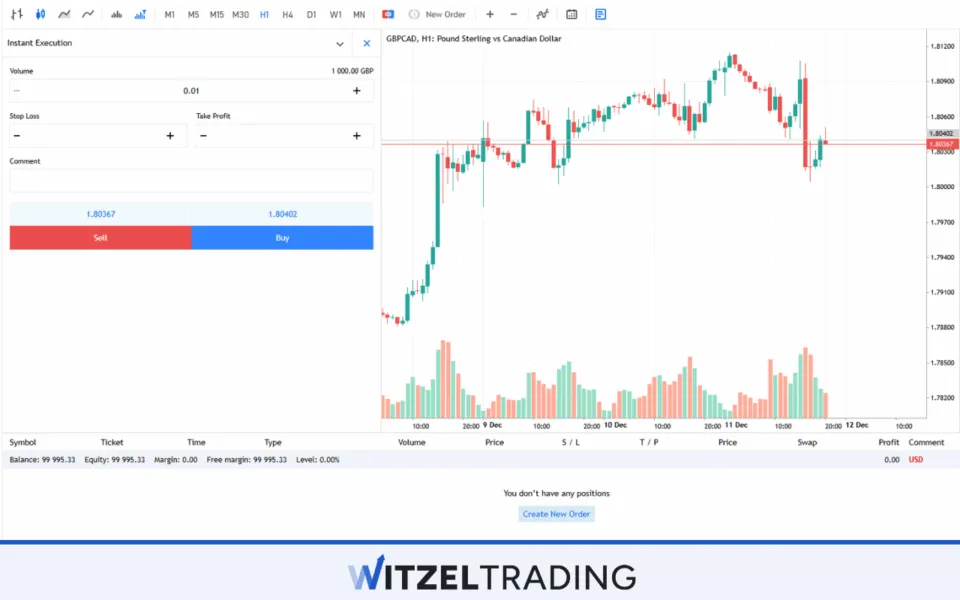
However, considering the diverse influences of the UK and Canada, this can make it a more dynamic and unpredictable trading pair. Finally, the spreads would be slightly higher compared to the major pairs.
| Feature | Information |
|---|---|
| Spreads | 2-5 pips |
| Volatility | 80-150 pips daily |
| Trading Fees | Spreads, commissions (depending on the account) |
| Liquidity | High |
| Influence Factors | Economic data, central bank policies, geopolitics, market sentiment, oil prices |
8. EUR/JPY
EUR/JPY is another versatile cross pair and a good alternative to trading USD/JPY. The first benefit is that the pair is more volatile due to the distinct economies of the Eurozone and Japan.
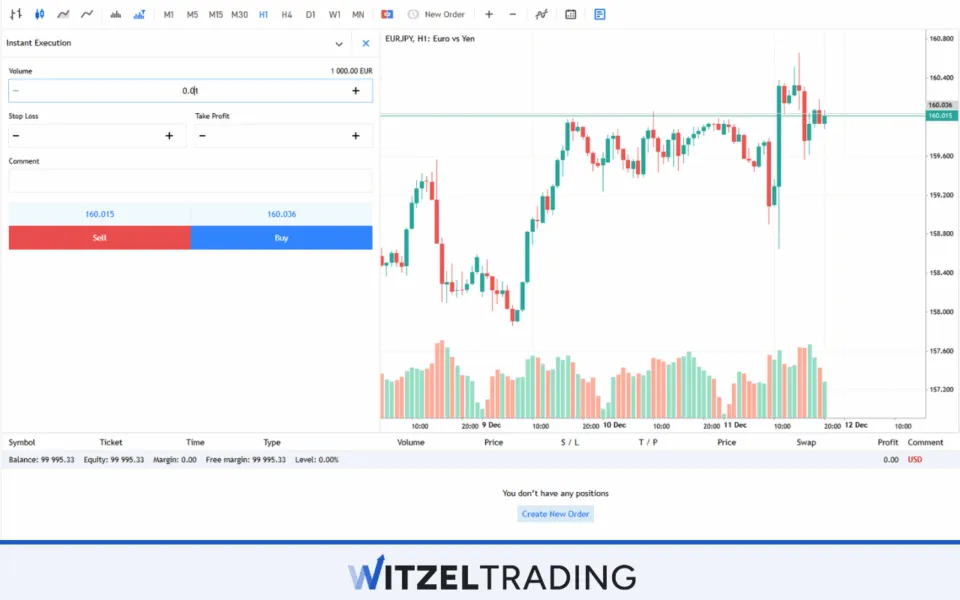
It reflects the dynamic risk sentiment and global growth shifts between the two regions. As with the United States, the Eurozone’s positive interest rate differential also presents interesting opportunities in EUR/JPY.
One slight downer with this pair is the spreads which are usually a bit higher than USD pairs.
| Feature | Information |
|---|---|
| Spreads | 2-4 pips |
| Volatility | 80-150 daily |
| Trading Fees | Spreads, commissions (depending on the account) |
| Liquidity | High |
| Influence Factors | Economic data, central bank policies, geopolitics, market sentiment, EU-UK trade relationships |
9. USD/CHF
USD/CHF is a pair consisting of the Swiss franc, widely considered a ‘safe haven currency’ (which correlates with gold). This means that traders or investors seek it during market turmoil and uncertain economic times. It also often reacts according to global risk sentiment.
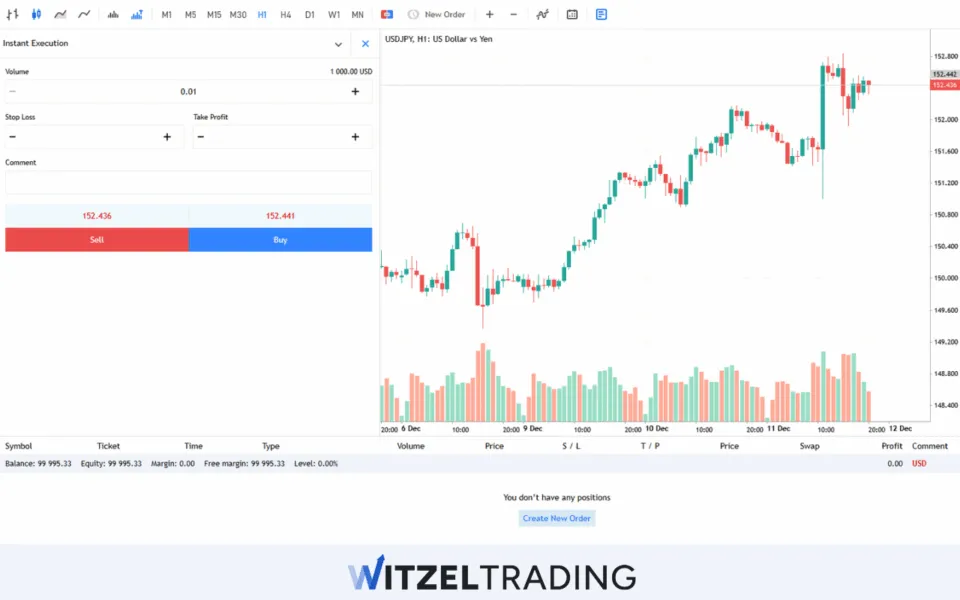
USD/CHF moves in the opposite direction to the euro. However, it’s less volatile and, thus, offers steadier price action. Still, USD/CHF is liquid and cheap to trade.
| Feature | Information |
|---|---|
| Spreads | 1-2 pips |
| Volatility | 40-80 pips daily |
| Trading Fees | Spreads, commissions (depending on the account) |
| Liquidity | High |
| Influence Factors | Economic data, central bank policies, geopolitics, market sentiment, EUR/USD correlation, gold correlation |
10. XAU/USD
Gold (or XAU/USD) isn’t a pair the average trader would consider. Technically, it’s best suitable for intermediate to advanced traders. However, gold is attractive for a few reasons. It is a highly liquid and volatile market, given the sheer number of people trading the commodity. The reason is simple: gold is one of the global economic indicators.
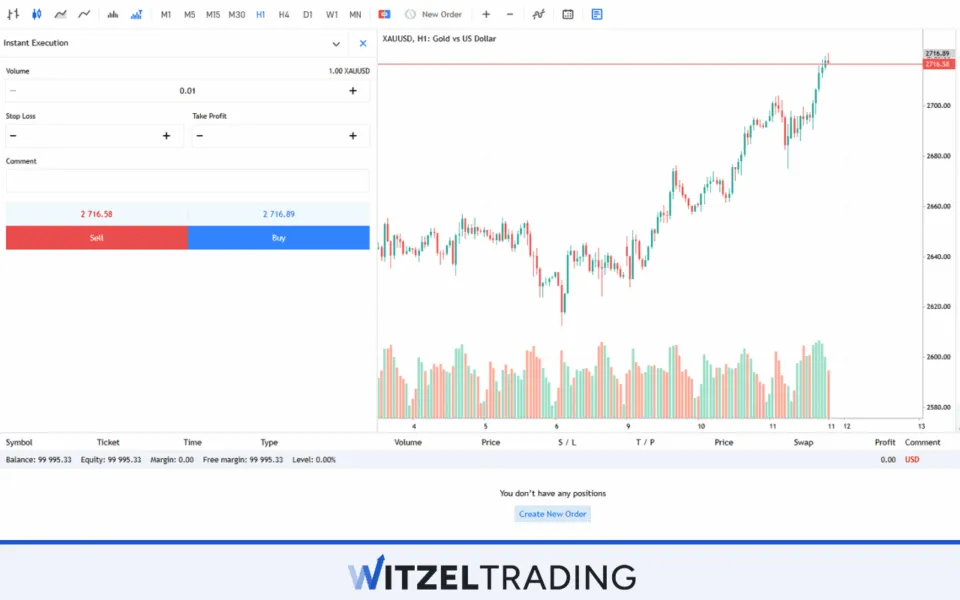
When things are going well, gold tends to do poorly. However, it is often bullish during times of economic distress or instability due to its status as a safe haven.
Gold also shares an inverse relationship with the dollar. Thus, traders can buy XAU when the dollar weakens or sell XAU when the dollar strengthens.
| Feature | Information |
|---|---|
| Spreads | 3-5 pips |
| Volatility | 150-300 pips daily |
| Trading Fees | Spreads, commissions (depending on the account) |
| Liquidity | High |
| Influence Factors | US dollar, US interest rates, supply & demand, inflation, geopolitics, market sentiment |
Which Factors Make Currency Pairs The Best to Trade?
The following factors make currency pairs the best to trade:
High Liquidity
Liquidity in forex refers to the ease with which you can trade a currency pair without affecting its price. In simple terms, highly liquid markets make it seamless to enter and exit multiple positions at once without glitches like slippage.
The best currency pairs have this attribute, an indication of their popularity among traders. While there is no single way to measure liquidity in forex pairs, they have the lowest spread and decent volatility and are usually based on currencies like USD, EUR, GBP, and JPY.
Reasonable Spreads
The main benefit of trading with low or reasonable spreads is minimizing trading costs. This is particularly useful for short-term speculators like scalpers, where every pip matters and affects their profits.
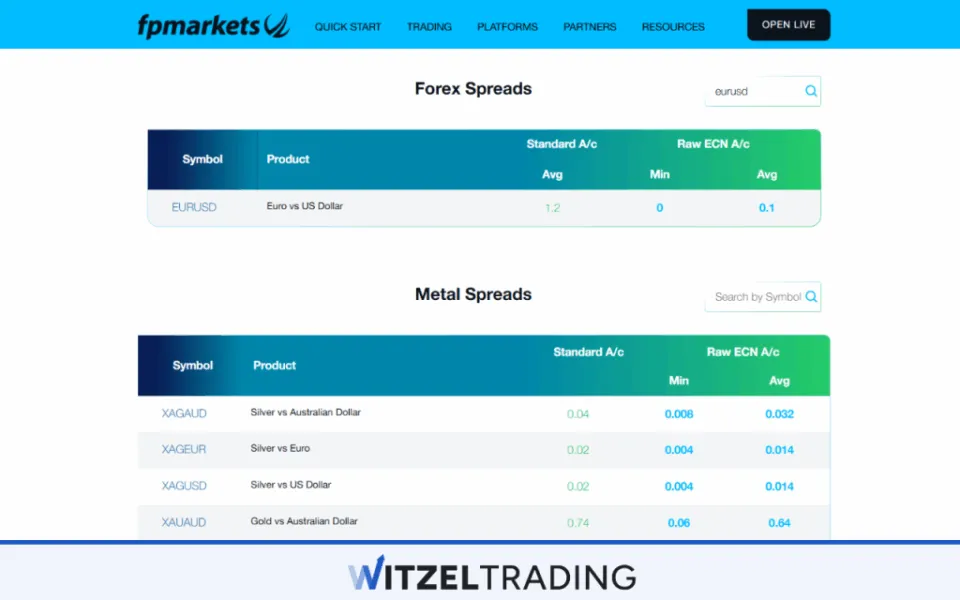
Good Volatility
Volatility is a double-edged sword. However, the best currency pairs will usually hit the sweet spot between not too high and not too low. We have included major and cross pairs in our list for a reason. While exotic pairs are more volatile (which may provide higher profit potential), their price movements are erratic and, hence, less pleasant to trade.
Availability of Information
The pairs we reviewed here are covered extensively in various types of media, reports and platforms. This means the availability of information is widespread, making it easier to gather necessary insights to help with your analysis.
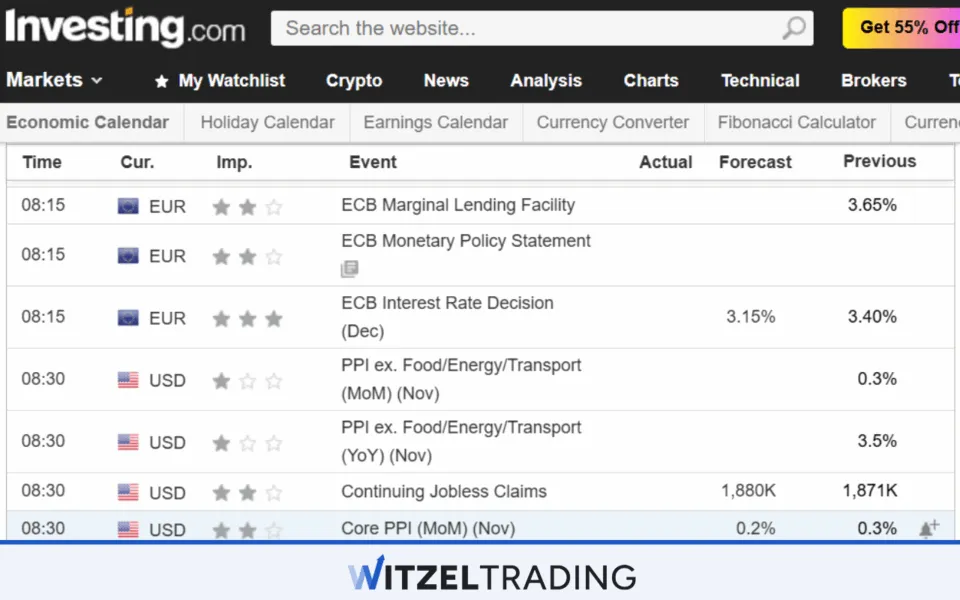
Economic Stability
A skilled forex trader can take advantage of opportunities regardless of the economy related to the currencies. Still, the pairs discussed here offer much-needed geopolitical and economic stability. This makes them more predictable and easier to understand from an analysis perspective.
Where Can You Trade The Best Currency Pairs?
Our personal recommendations include FP Markets, Vantage, and BlackBull Markets. Firstly, these brokers are regulated in multiple regions, ensuring the highest trust, safety and security.
They provide tight spreads, with FP Markets being the best in this regard (0 pips on the euro with FP Markets). Through their analytical tools (e.g., news coverage, economic calendar, webinars), traders can always be updated about the latest developments for each currency pair.
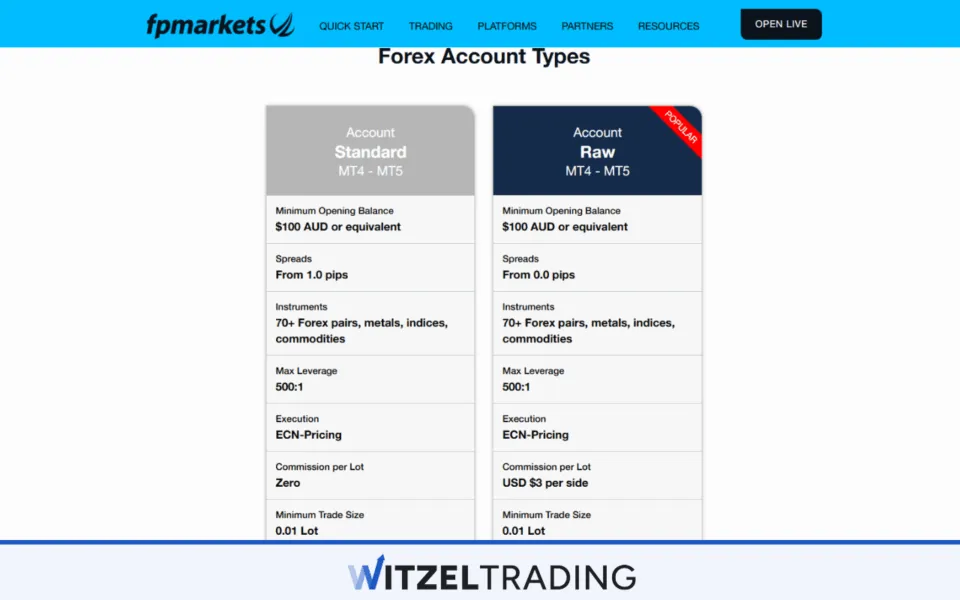
Finally, these Forex brokers allow you to trade forex on the popular MetaTrader 4 and MetaTrader 5 platforms (BlackBull offers extra in the more advanced cTrader and TradingView).
Learn To Trade Forex Pairs With WR Trading
At WR Trading, we are all about professional trading that results in efficient and effective success. Forex is one of the markets we specialise in, and we have more than 25 years of combined experience from which to benefit.
Our valuable courses focus on practical applications and high risk-to-reward strategies that you can execute with minimal time commitment. Learn forex trading the best way with WR Trading.
FAQ: Frequently Asked Questions On The Best 10 Best Forex Pairs To Trade
Which is the easiest forex pair to trade?
Generally, the major pairs like EUR/USD and USD/CHF are the easiest due to their stable volatility, low spreads and relative predictability.
Do certain forex pairs make you more profit than others?
No. Volatility is usually one factor that can make one market more profitable. Still, it will also depend on your risk-to-reward parameters and stop loss placement, which should differ with every pair.
How many forex pairs should you trade?
Beginners should stick to no more than 10, while more experienced traders can follow most of the major and cross pairs (and maybe gold and a few exotic pairs, if necessary)


